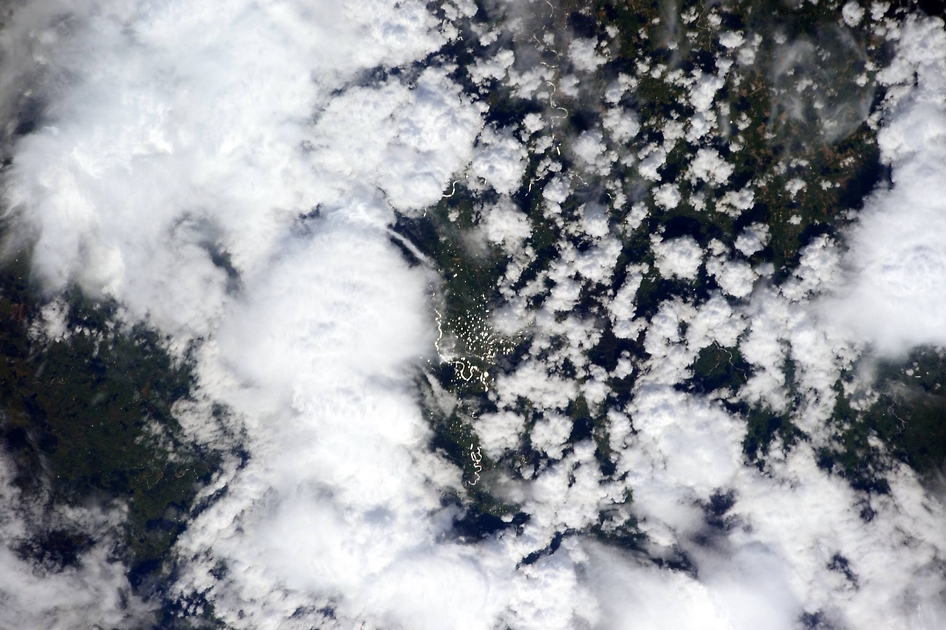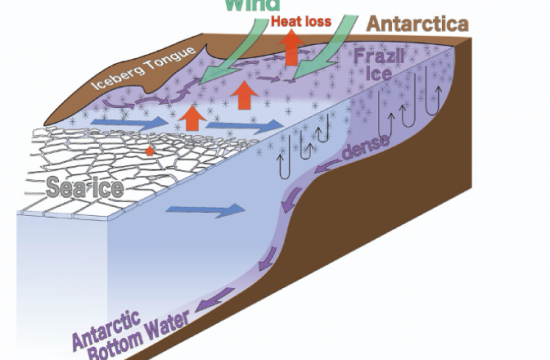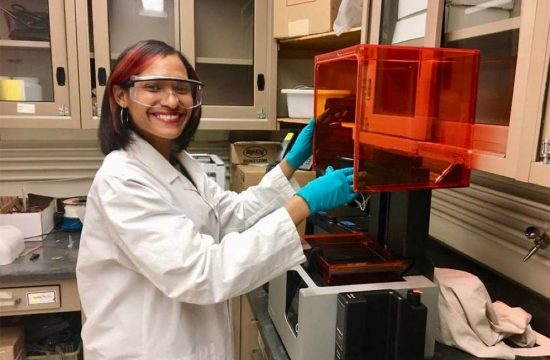Description:
Clouds can be observed from the International Space Station moving across Earth’s surface, as in this image of New Zealand taken by Expedition 42 Flight Engineer Samantha Cristoforetti. Other tiny solid and liquid particles called aerosols are also being transported around the atmosphere, but these are largely invisible to our eyes. To investigate the layers and composition of clouds and tiny airborne particles like dust, smoke and other atmospheric aerosols, scientists at NASA’s Goddard Space Flight Center in Greenbelt, Maryland have developed an Earth-observing instrument called the Cloud-Aerosol Transport System, or CATS.
The CATS instrument, set to launch to the space station aboard the fifth SpaceX commercial resupply flight, will be the second NASA Earth-observing instrument to be mounted on the exterior of the station. CATS will provide data about aerosols at different levels of the atmosphere. The data are expected to improve scientists’ ability to track different cloud and aerosol types throughout the atmosphere. These datasets will be used to improve strategic and hazard-warning capabilities of events in near real-time, such as tracking plumes from dust storms, volcanic eruptions, and wildfires. The information could also feed into climate models to help understand the effects of clouds and aerosols on Earth’s energy balance.
Image Credit: NASA/ESA/Samantha Cristoforetti









